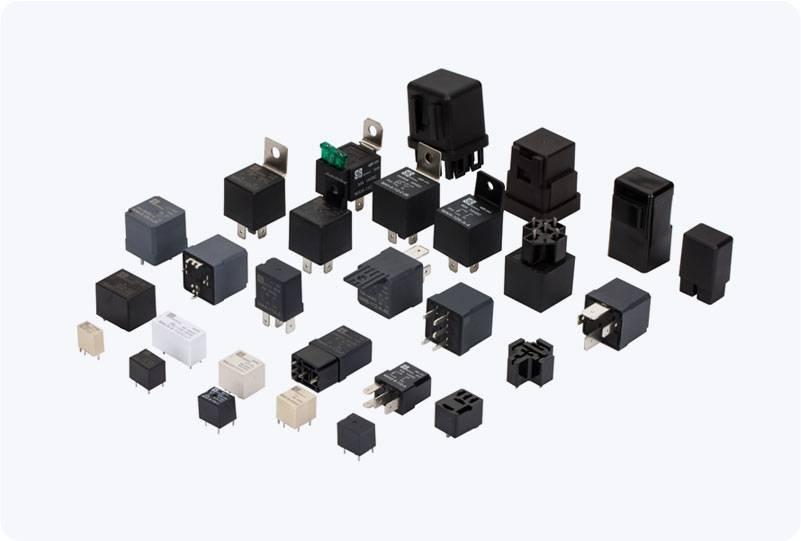pcb electromagnetic relay: a key component in modern electronics
Release time:2025-04-28 16:22:02
In the realm of modern electronics, the PCB (Printed Circuit Board) electromagnetic relay has emerged as an essential component, playing a crucial role in controlling electrical circuits. These relays are widely used in a variety of applications, ranging from automotive systems to telecommunications, home appliances, industrial automation, and more. Understanding the working principle, construction, and advantages of PCB electromagnetic relays is essential for anyone involved in electronic design and development.

What is a PCB Electromagnetic Relay?
A PCB electromagnetic relay is an electromechanical switch that allows a low-power electrical signal to control the switching of high-power circuits. It works on the basic principle of electromagnetism: when an electric current passes through a coil, it generates a magnetic field that attracts or repels a switch mechanism, thus opening or closing the circuit. The PCB electromagnetic relay is designed to mount directly onto a printed circuit board, which makes it ideal for compact, efficient, and reliable electronic systems.
Unlike mechanical switches, which can be bulky and prone to wear, PCB relays are smaller, more durable, and capable of handling higher loads. They are an effective solution in situations where electronic control is necessary to manage high-power loads, such as motors, solenoids, and lights, using a relatively low-voltage control signal.

